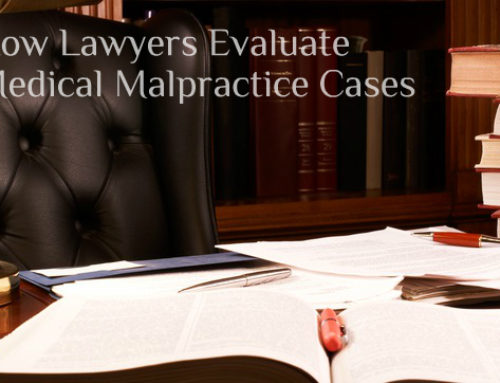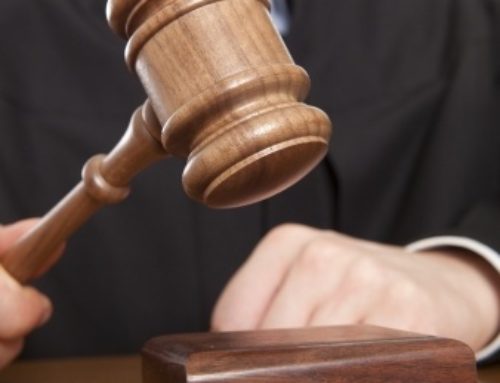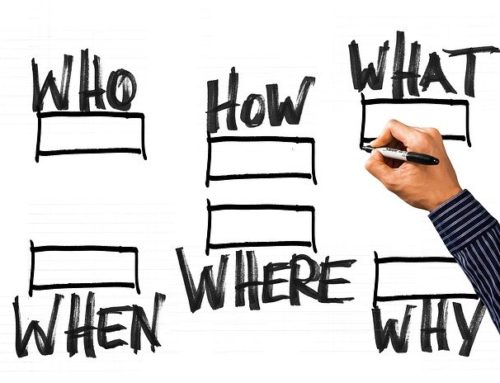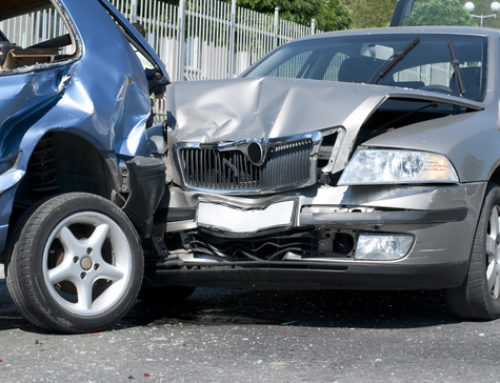
When your personal injury case goes to trial, you need to know what to expect. Often, personal injury trials can be quite long, and having some idea of how they function and what the end point is will help you to weather the storm. For that reason, we thought we’d give you a brief overview of what you can expect.
Jury Selection
In some cases, a personal injury case might be handled entirely by a judge. In most cases, however, there will be a jury. The first step in a trial is to select the members of that jury. Both your representatives and those of the defendant will have the opportunity to interview individual jurors, determining whether or not they are a good fit to sit on the case. The judge will also have the right to exclude certain jurors.
Getting Started
After a jury has been selected and a date to begin has been set, the next step will be opening arguments. Here the representatives for both sides will have the opportunity to prepare the jury for the evidence that will be presented to them. Your representatives will be the first to speak, given that you are alleging guilt or fault on the part of the defendant. Because of this, your representative’s opening statement will be longer and more detailed – the defendant only needs to defend himself or herself against your representative’s allegations.
Testimony
Once opening statements have been concluded, the trial will begin in earnest. As you may already be familiar with, this will consist of each side calling witnesses. Again, since you are the party making the allegations, your side will be the first to call witnesses. With each witness, the defense will have the opportunity to ask its own questions, which is called a cross-examination.
After your side has finished calling its witnesses, the defense will have the opportunity to call its own. As before, there will be an opportunity for cross-examination. This time, however, your representatives will be following up on questions asked by the defense, rather than the other way around.
Finishing Up
After all of the witnesses have been called, each side will have the opportunity to present its closing statement. Here, representatives from both sides will be taking the evidence gathered and presented at trial and spinning it into a narrative that sums things up for the jury. These closing statements are quite important, as they are the last impression the jurors will have of the trial itself.
Deliberation and Verdict
Once both sides have rested their cases, the judge will give the jury instructions as to how they should (and should not) deliberate the facts of the case. After these instructions have been given, the jury will deliberate. In personal injury cases, they will be holding themselves to the “preponderance of the evidence” standard, which means that it is “more likely than not” that the allegations your representatives have made are true. Once the jury has come to a unanimous decision, they will offer their verdict. If they are not able to reach a unanimous decision, then the jury will be considered a “hung jury” and the case will need to be retried.












